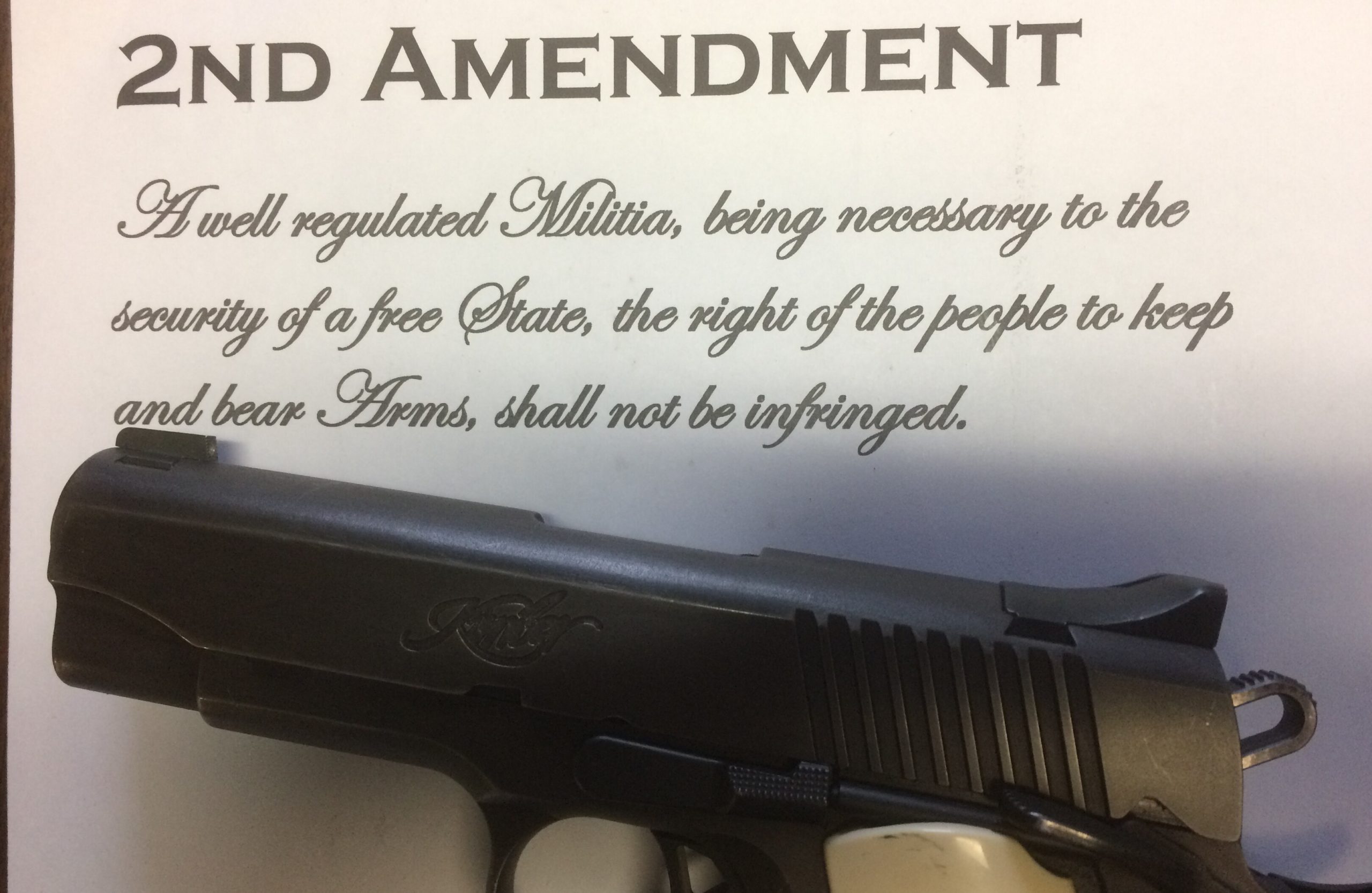
CBS News is reporting that Senators Lindsey Graham (R-SC) and Richard Blumenthal (D-CT) “are making progress as they hammer out details of revised ‘red flag’ legislation” that appears to be the first move toward some kind of new gun control package, according to unidentified sources.
This comes one week after the deadly attack at Robb Elementary School in Uvalde, Texas that left 19 children and two teachers dead, and lots of questions about how this crime could have happened and how it might have been prevented, or at least stopped more quickly.
According to CBS, Graham and Blumenthal “confirmed in statements to CBS News that their discussions are making progress.”
“In recent days,” CBS reported, “the two have been having frequent phone calls and have been working closely together to review a ‘red flag’ bill they co-sponsored in 2019, making revisions that they believe can enable a similar, tweaked proposal to win wide support in the divided Senate,” according to its sources.
“Red Flag” legislation might sell on Capitol Hill, considering both the Uvalde killer and another mass shooter in Buffalo, N.Y. reportedly gave strong signals of their intentions, or at least their mindset.
But this approach does not have the same dead-on-arrival aura invariably attached to proposals to ban so-called “assault weapons” and standard capacity magazines, or Joe Biden’s remarks about banning 9mm-caliber handguns.
The Associated Press is reporting on a meeting between Biden and New Zealand Prime Minister Jacinda Ardern during which they talked about her country’s reaction following a mass shooting in 2019 in Christchurch. New Zealand lawmakers quickly moved to ban semi-auto rifles.
That likely could not happen in the U.S. because of the Second Amendment. There is no such provision in New Zealand protecting the gun rights of its citizens. Ardern acknowledged to reporters that “the two countries’ political systems are ‘very different.’”
The AP noted Congressman Jerrold Nadler (D-NY) said the House Judiciary Committee will hold a hearing Thursday on the “Protecting Our Kids Act.” This legislation, the AP story noted, includes provisions to raise the minimum age for buying semi-auto firearms to 21, require serial numbers on all firearms, and create “a grant program to buy back large-capacity magazines.” There are other provisions as well.
Writing at the New York Times, Shawn Hubler asserted that California has “significantly lowered gun deaths” thanks to its tough gun control laws. A check of the FBI Uniform Crime Report for 2019 shows the state reported 1,679 murders that year including 1,142 involving firearms. In 2020, according to an Associated Press report, homicides jumped 31 percent, to 2,202 with an accompanying surge in the murder rate. That number far surpasses the murder count in most other states.
Seattle Times columnist Danny Westneat authored a piece about gun control advocate Paul Kramer, whose son survived a deadly shooting at a Mukilteo party in July 2016. That shooting led to passage of gun control Initiative 1639, which invented a definition for “semiautomatic assault rifle” that applies to every self-loading rifle ever manufactured, regardless of caliber. It raised the age of purchase to 21 years and requires a gun safety training course, plus a waiting period.
The article doesn’t mention passage of an earlier “universal background check” initiative in 2014 that was sold to the public as a means to prevent gun-related violent crime. The killer in Mukilteo passed a background check to purchase his rifle legally, while another murderer who killed five people at the Cascade Mall in Burlington, Wash., less than two months later in September 2016 apparently took a rifle from his stepfather’s home to commit the crime, bypassing a background check.
“Kramer,” Westneat wrote, “wants everyone to know one key point now: Neither the Buffalo mass shooting, nor the Texas mass shooting last week at the elementary school, would have happened if those states had our same law. At least not the way they were carried out.”
That final sentence is the caveat to gun control laws nationwide. Second Amendment activists know from experience that people determined to cause harm will find some way to accomplish their mission. So, it may be wishful thinking to assert neither of last month’s deadly events would have happened if Washington’s law was in place in New York and Texas.
It is educational to note Washington’s murder trend in the years since adoption of the two gun control initiatives.
In 2015, Washington recorded 209 homicides including 141 involving guns. In 2020, murders spiked to 298 with 177 committed with firearms.